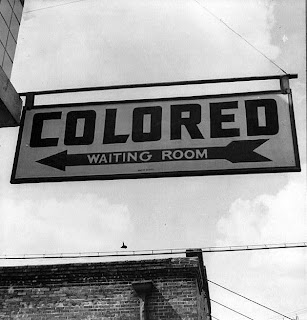While certain expressions of racism are absent from our world today, you do not have to look very hard to know that more subtle forms of racism persist, in schools and workplaces and elsewhere. How do victims experience these more ambiguous racist messages" Are they less damaging than overt hostility" And what are the mental and emotional pathways by which these newer forms of discrimination actually cause personal harm"
Psychologists have some theories about how the experience of racism plays out in the brain—and what that means today compared to before. All human beings are driven by a few core needs, including the need to understand the world around us. When people do things to us, we must know why, and if we are uncertain we will spend whatever cognitive power we have available to diagnose the situation.
The problem is that we have limited cognitive resources, so when we are solving one problem, we have difficulty focusing on another at the same time. Some psychologists reason from this that subtle racism might actually be more, not less, damaging than the plain antipathy of yesterday, sapping more mental energy.
The experiment left no doubt about which candidate was best qualified, and sometimes that candidate was chosen, sometimes not. Sometimes the company passed over the best candidate for blatantly racist reasons; the reviewer might comment that the candidate belonged to “too many minority organizations,” for example. Other times the best candidate was simply passed over for no good reason. The psychologists ran the experiment many times, in every combination, so that both black and white volunteers saw black candidates reviewed by whites and by blacks and the same for white candidates.
After witnessing these fair and unfair hiring decisions, the study volunteers took the so-called Stroop test. During this test, the names of colors flash on the screen for an instant, but in the “wrong” colors (the word “red” in green letters, for example), and the idea is to quickly identify the color of the letters. It tests capacity for mental effort, and the idea in this study was to see if experiencing subtle racism interfered with that mental capacity.
It did, at least for blacks, and more than the overt racism did. As reported in the September issue of Psychological Science, black volunteers who had witnessed unfair but ambiguous hiring decisions did much less well on the Stroop test, suggesting that they were using all their mental resources to make sense of the unfairness. Interestingly, white volunteers were more impaired by overt racism than by the more ambiguous discrimination. Salvatore and Shelton figure this is because whites rarely experience any racism; they do not even notice the subtle forms of racism, and are thrown off balance when they are hit over the head by overt acts. Many blacks, by contrast, have developed coping strategies for the most hateful kinds of racism; it’s the constant, vague, just-below-the-surface acts of racism that impair performance, day in and day out. ###
Author Contact: Nicole Shelton nshelton@princeton.edu
Psychological Science is ranked among the top 10 general psychology journals for impact by the Institute for Scientific Information. For a copy of the article “Cognitive Costs of Exposure to Racial PRejudice” and access to other Psychological Science research findings, please contact Catherine West at (202) 783-2077 or cwest@psychologicalscience.org.
For more insights into human behavior, visit "We're Only Human . . ." at www.psychologicalscience.org/onlyhuman.
Contact: Catherine West cwest@psychologicalscience.org 202-783-2077 Association for Psychological Science
















No comments:
Post a Comment